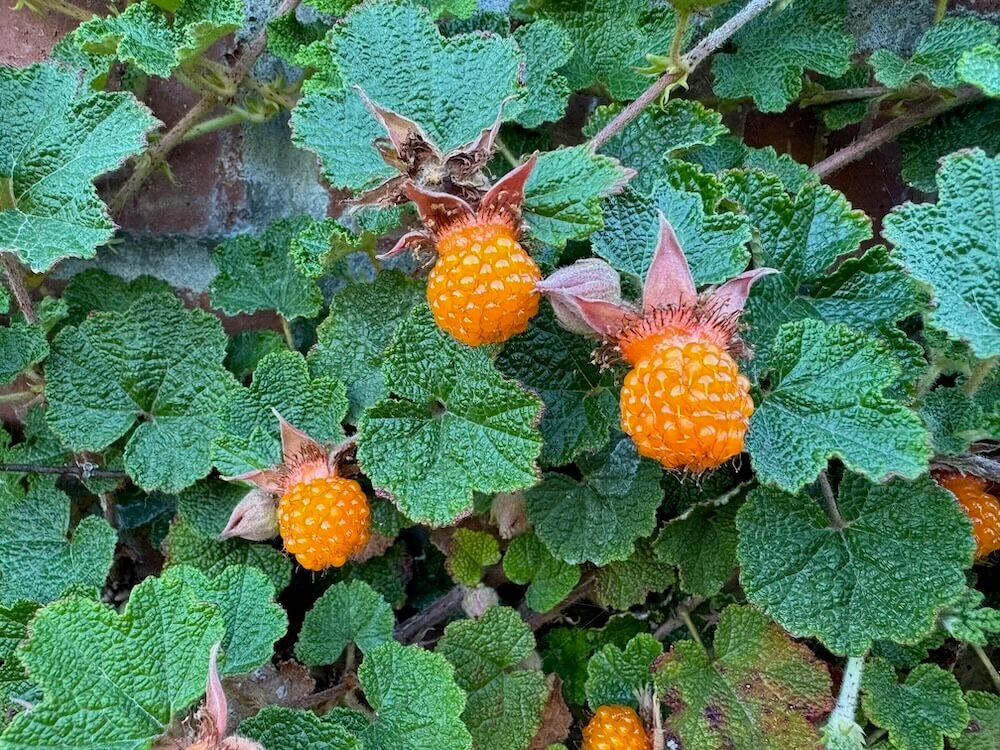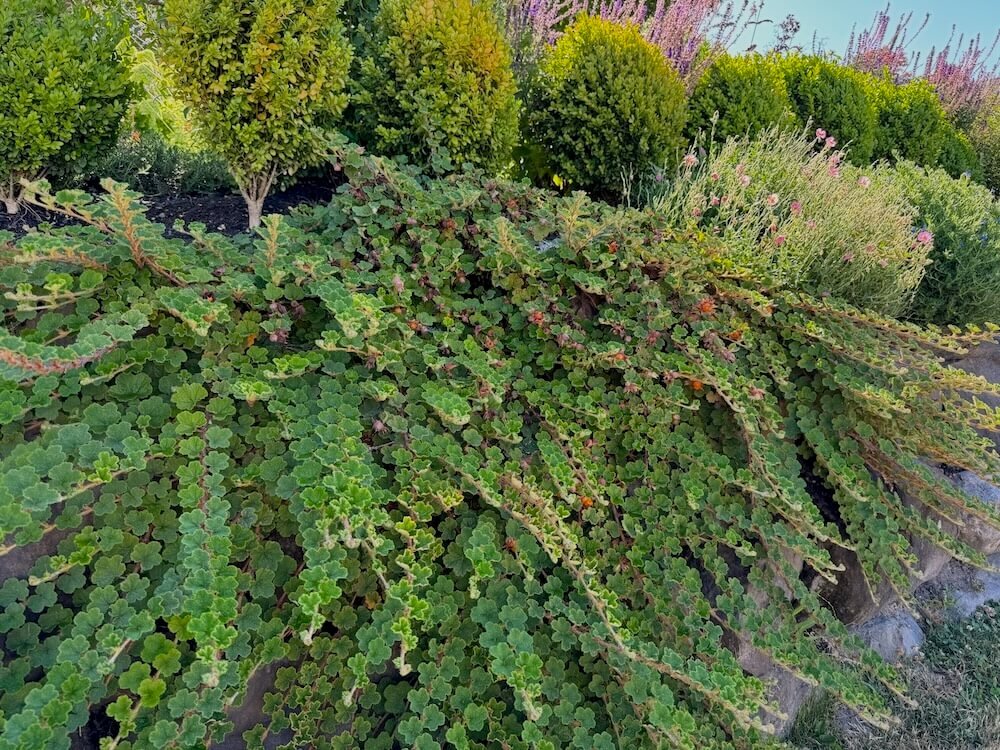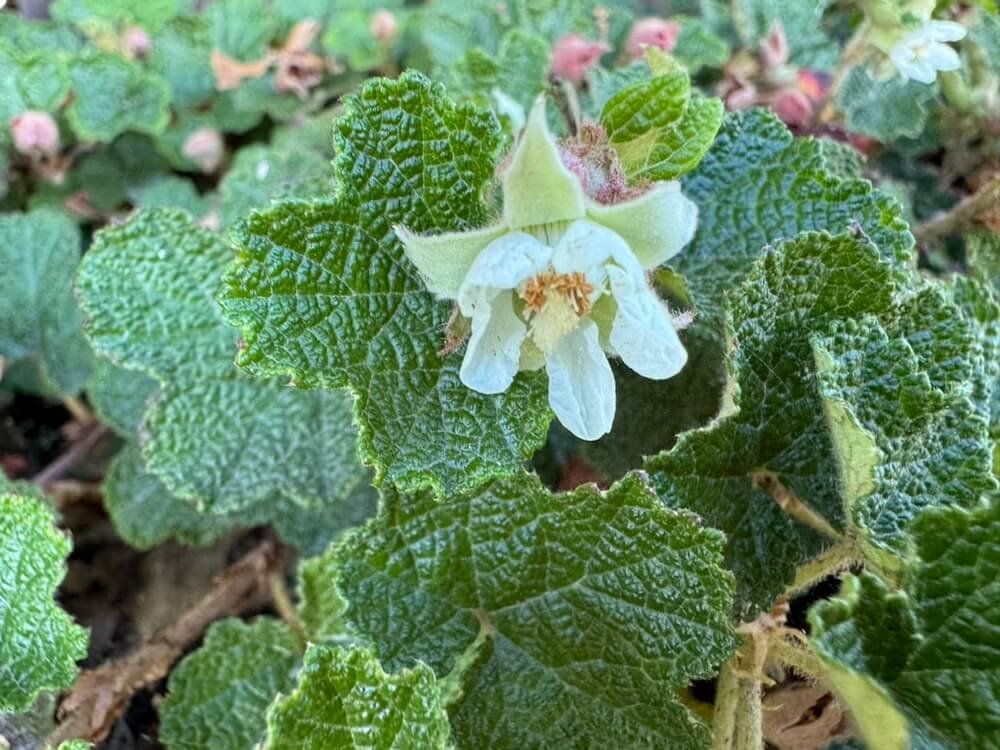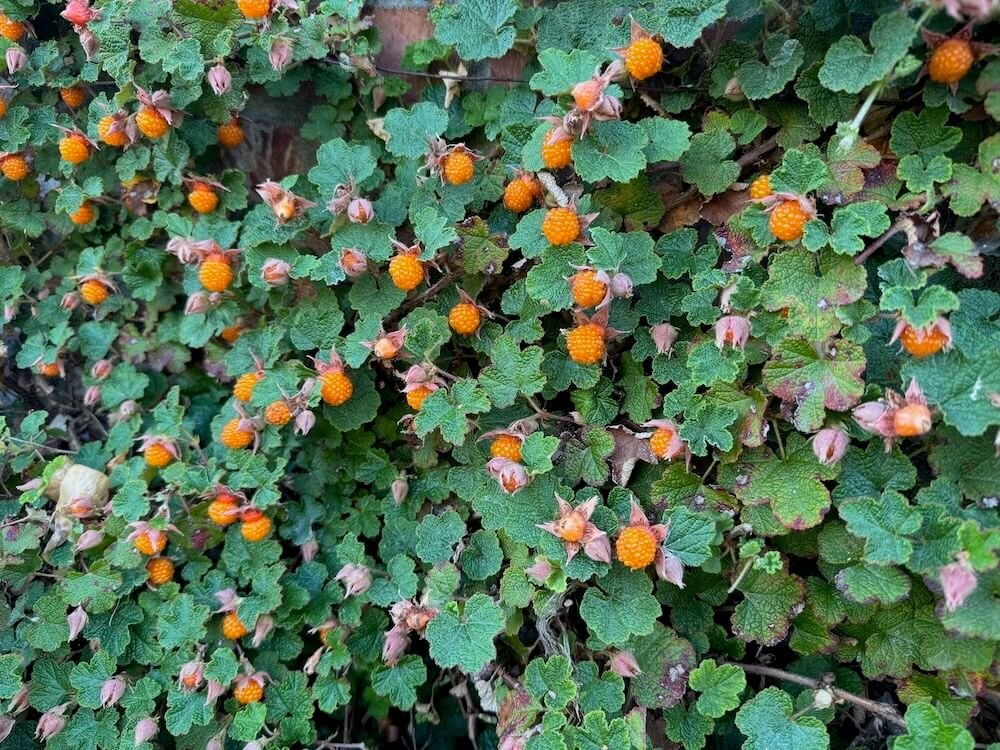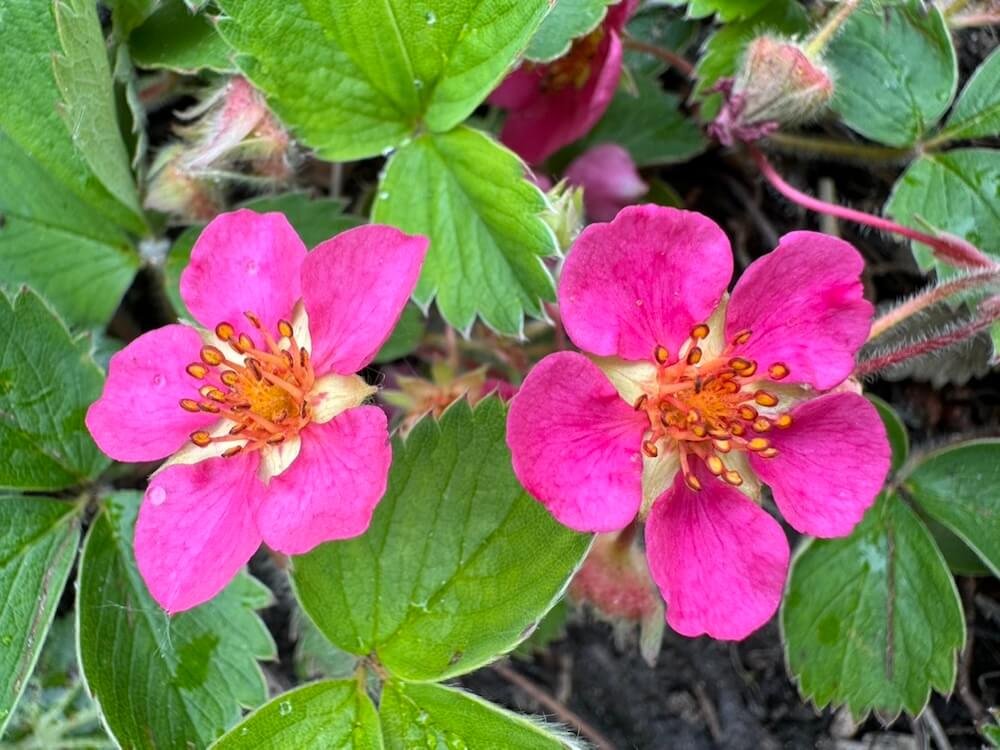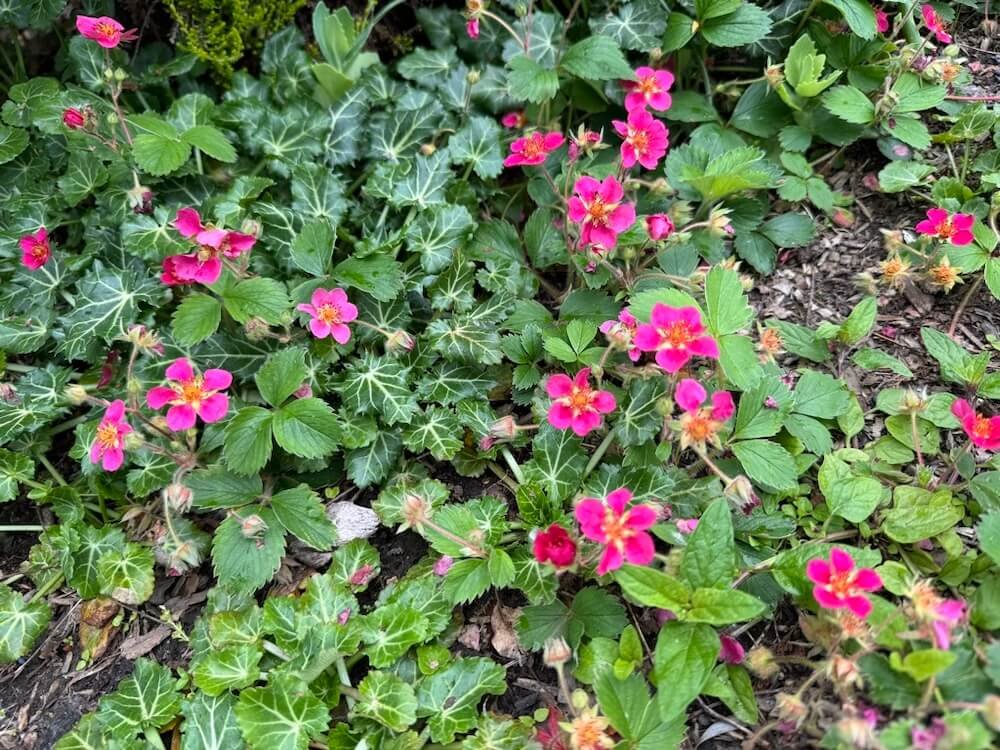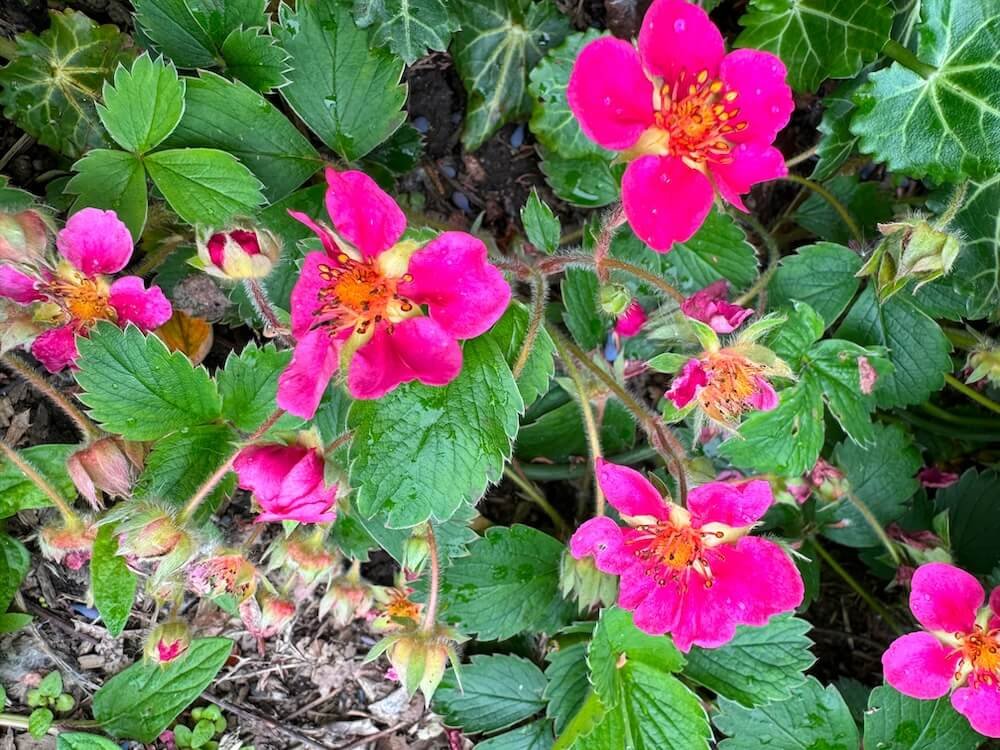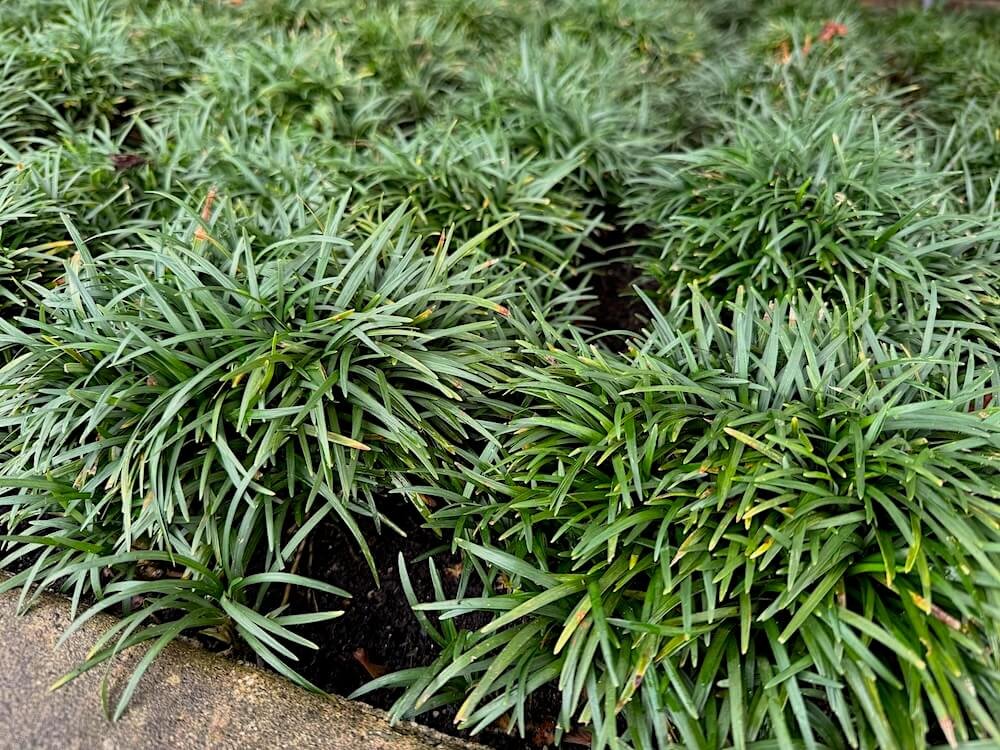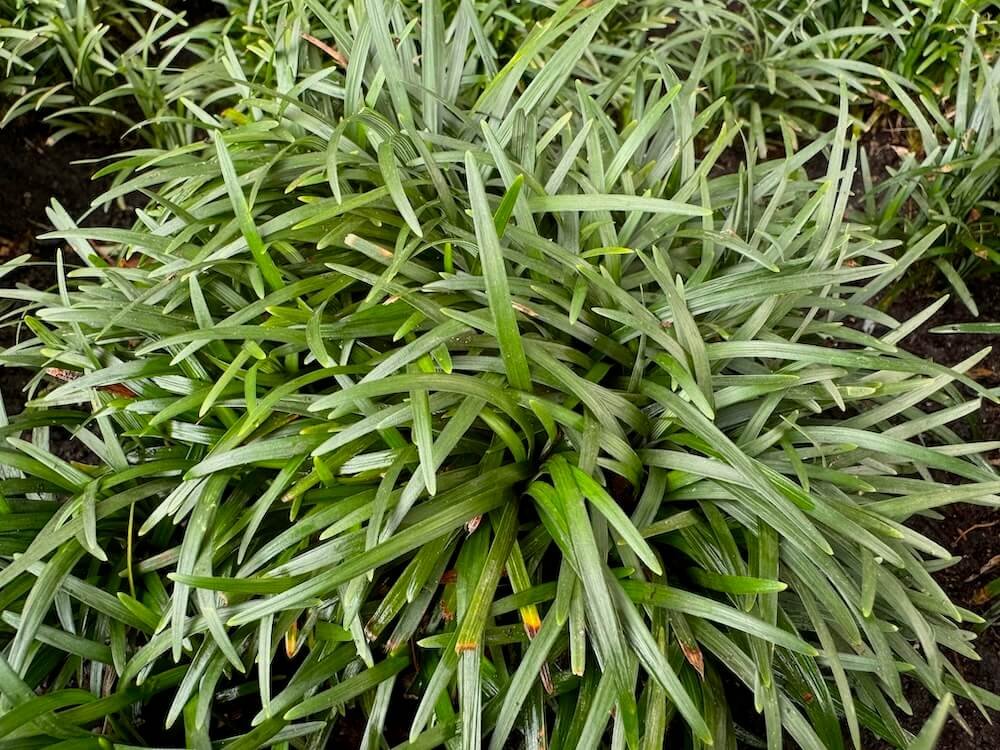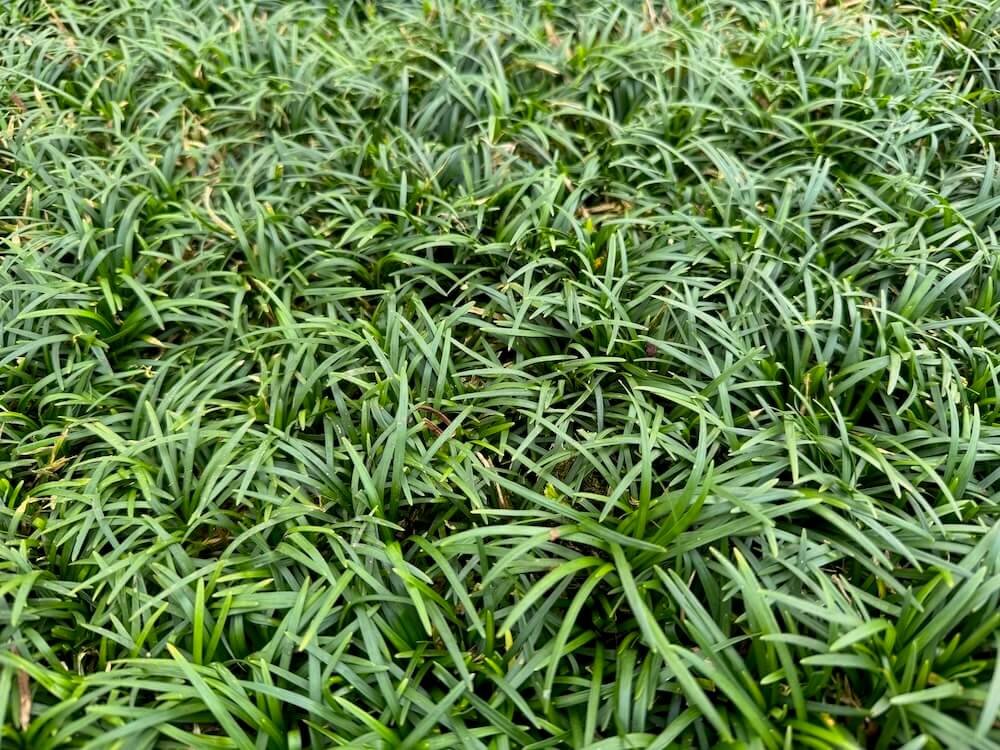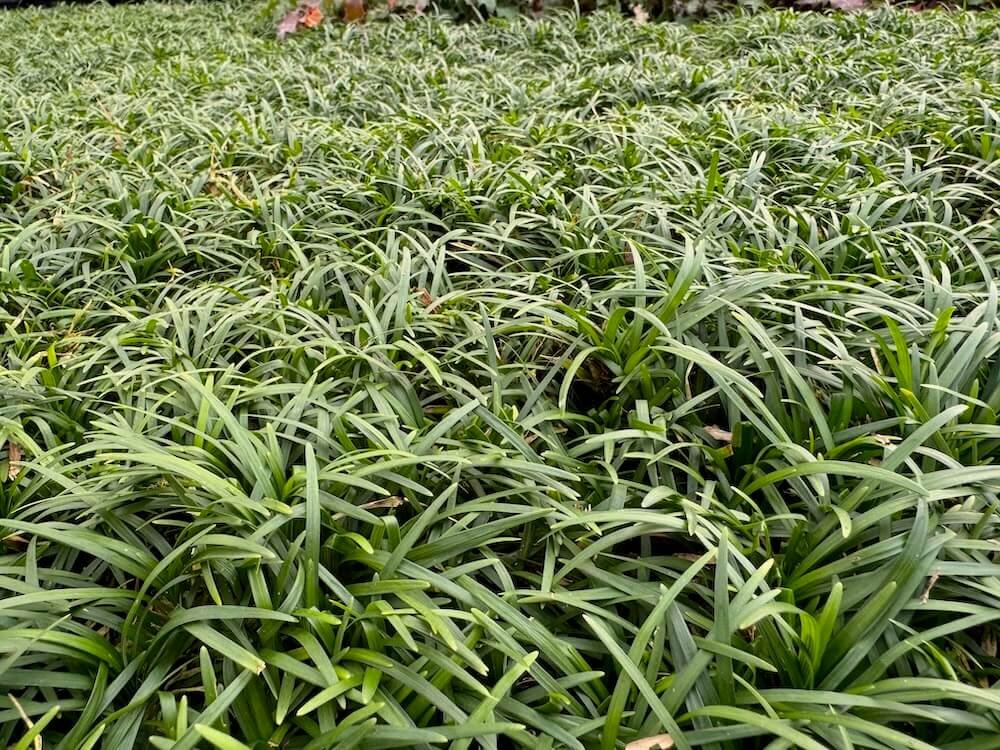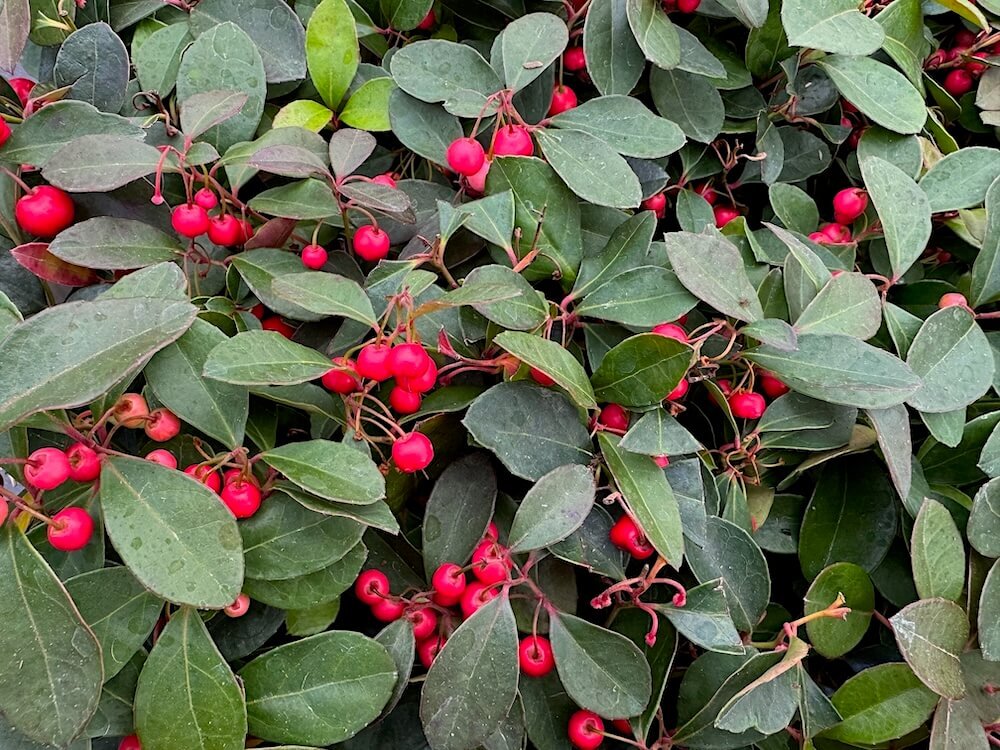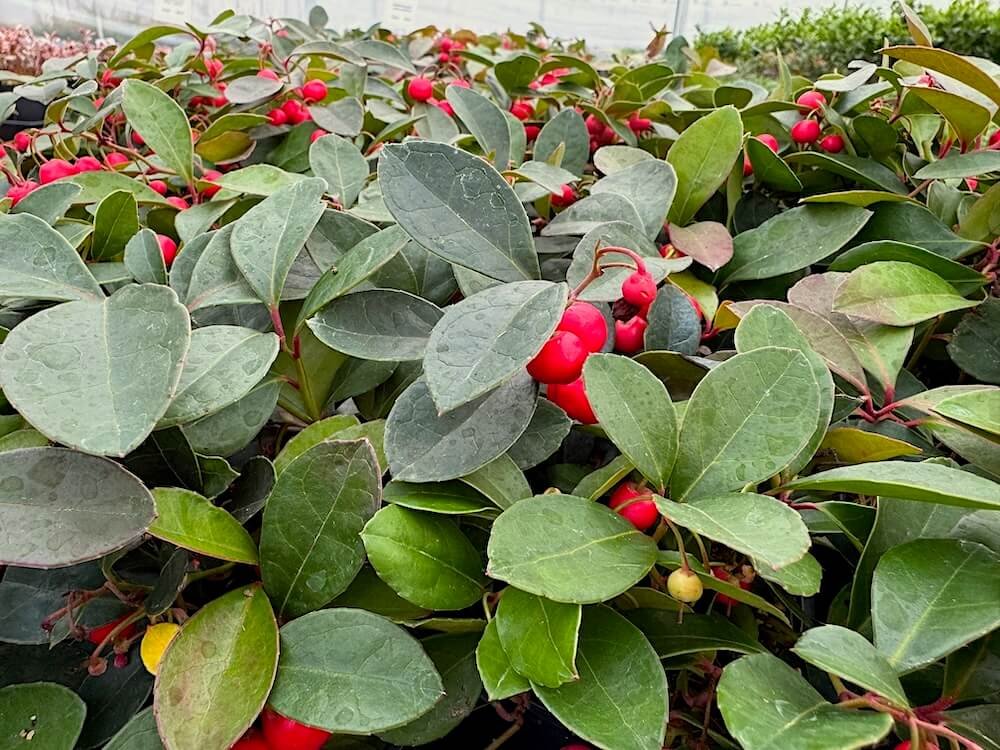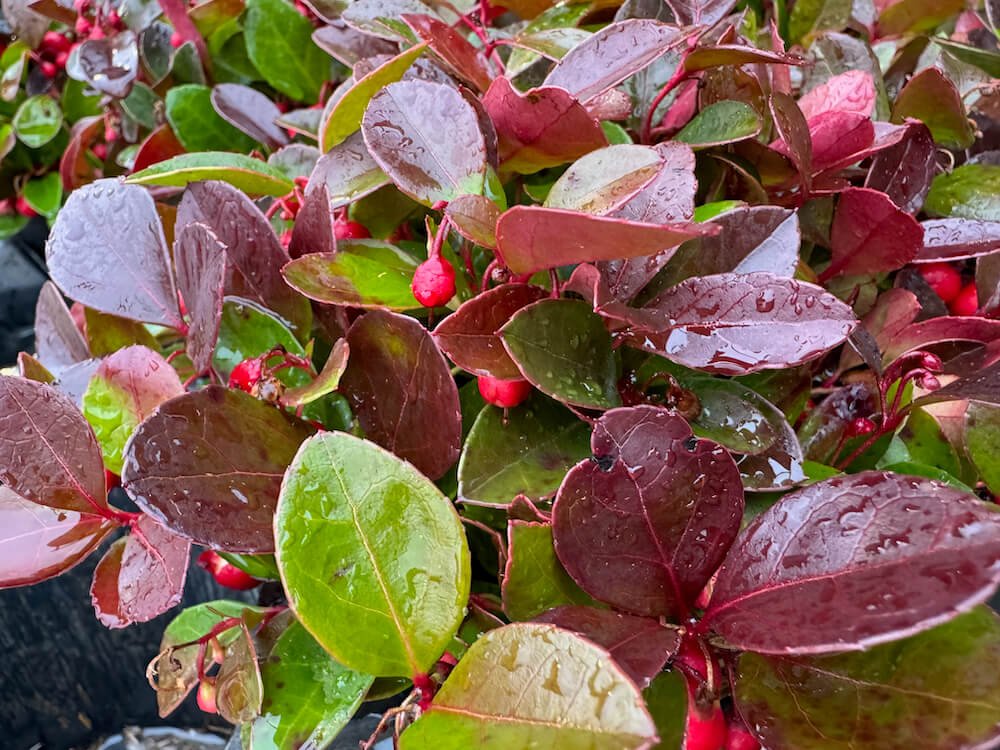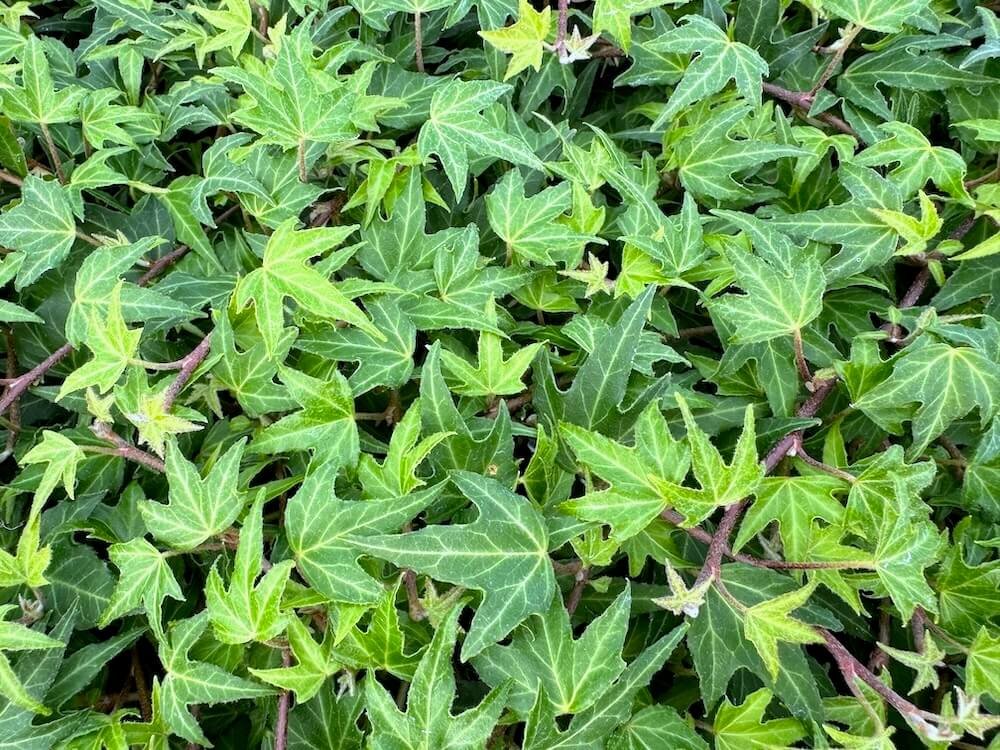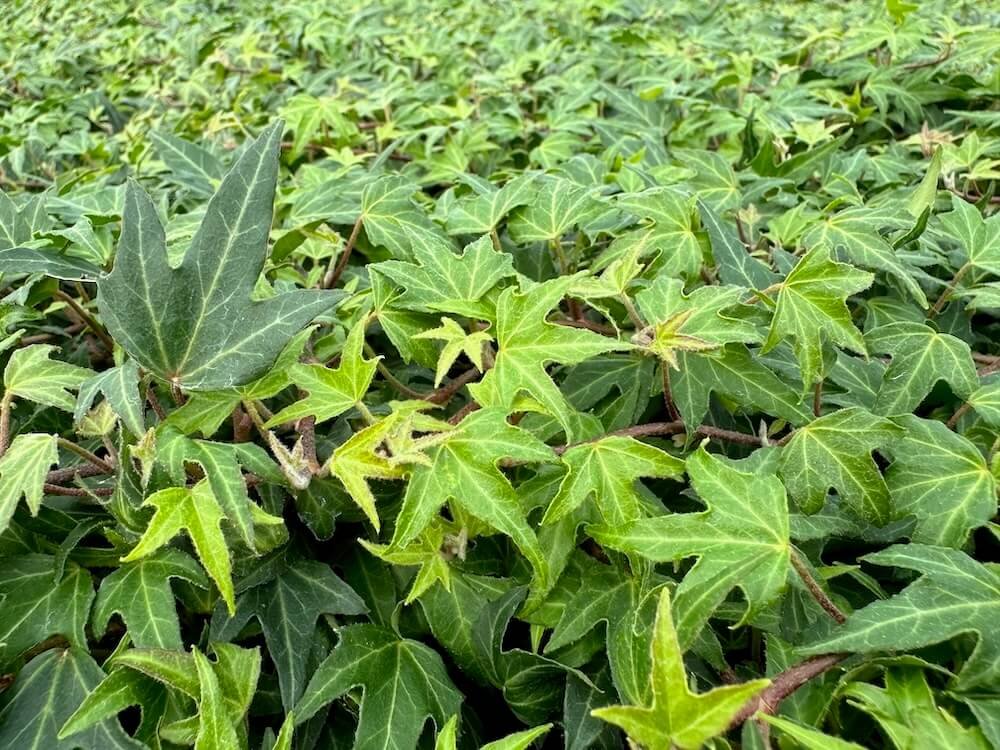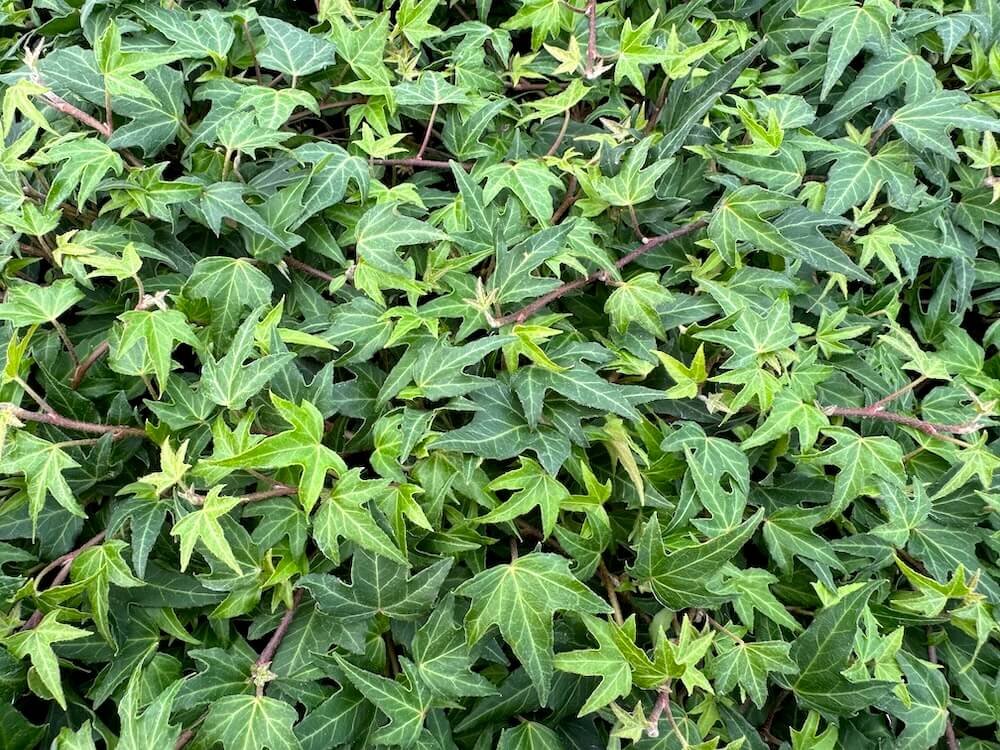DESCRIPTION
Rubus calycinoides, or creeping raspberry, is a low-growing perennial native to Japan and Korea, featuring glossy, dark green, trifoliate leaves with serrated margins. In late spring to early summer, it produces small, pink to white flowers followed by modest-sized red berries. Known for its trailing habit, forming a dense mat of foliage, it is ideal for ground cover in shaded to partially shaded areas and is often used for erosion control on slopes in gardens and landscapes. While its berries are technically edible, it is primarily valued for its ornamental qualities and spreading nature.
DESCRIPTION
Rubus calycinoides, or creeping raspberry, is a low-growing perennial native to Japan and Korea, featuring glossy, dark green, trifoliate leaves with serrated margins. In late spring to early summer, it produces small, pink to white flowers followed by modest-sized red berries. Known for its trailing habit, forming a dense mat of foliage, it is ideal for ground cover in shaded to partially shaded areas and is often used for erosion control on slopes in gardens and landscapes. While its berries are technically edible, it is primarily valued for its ornamental qualities and spreading nature.

